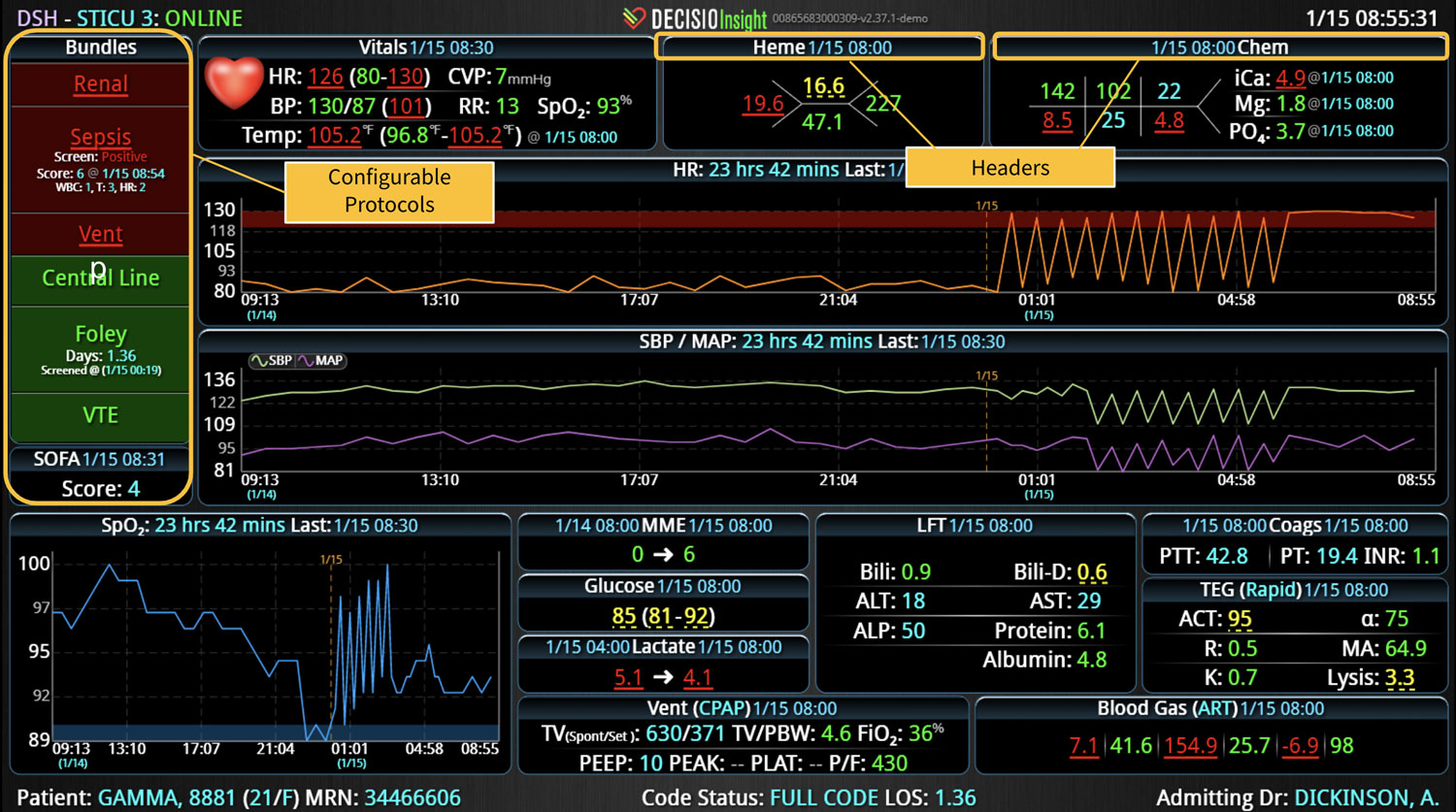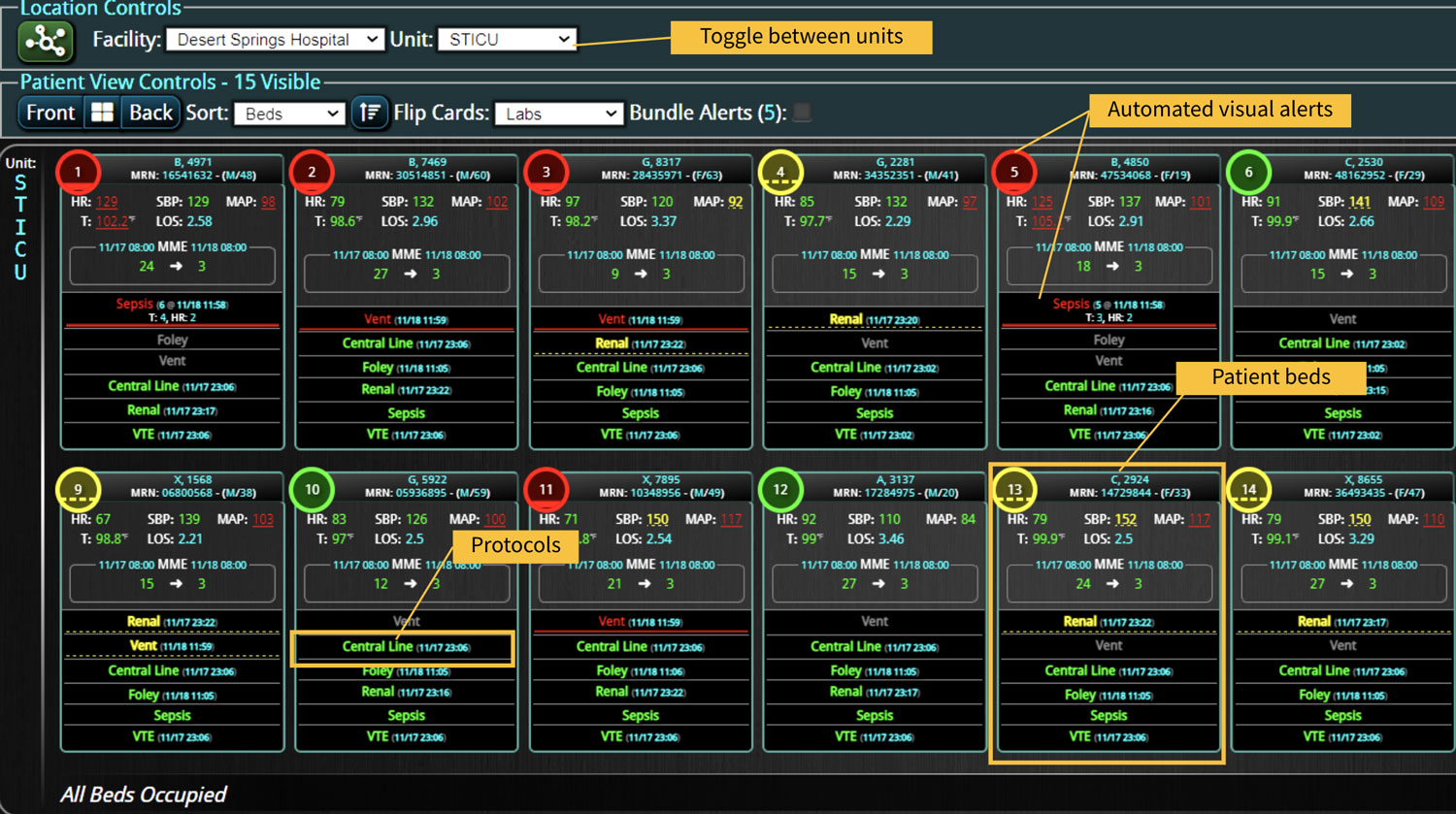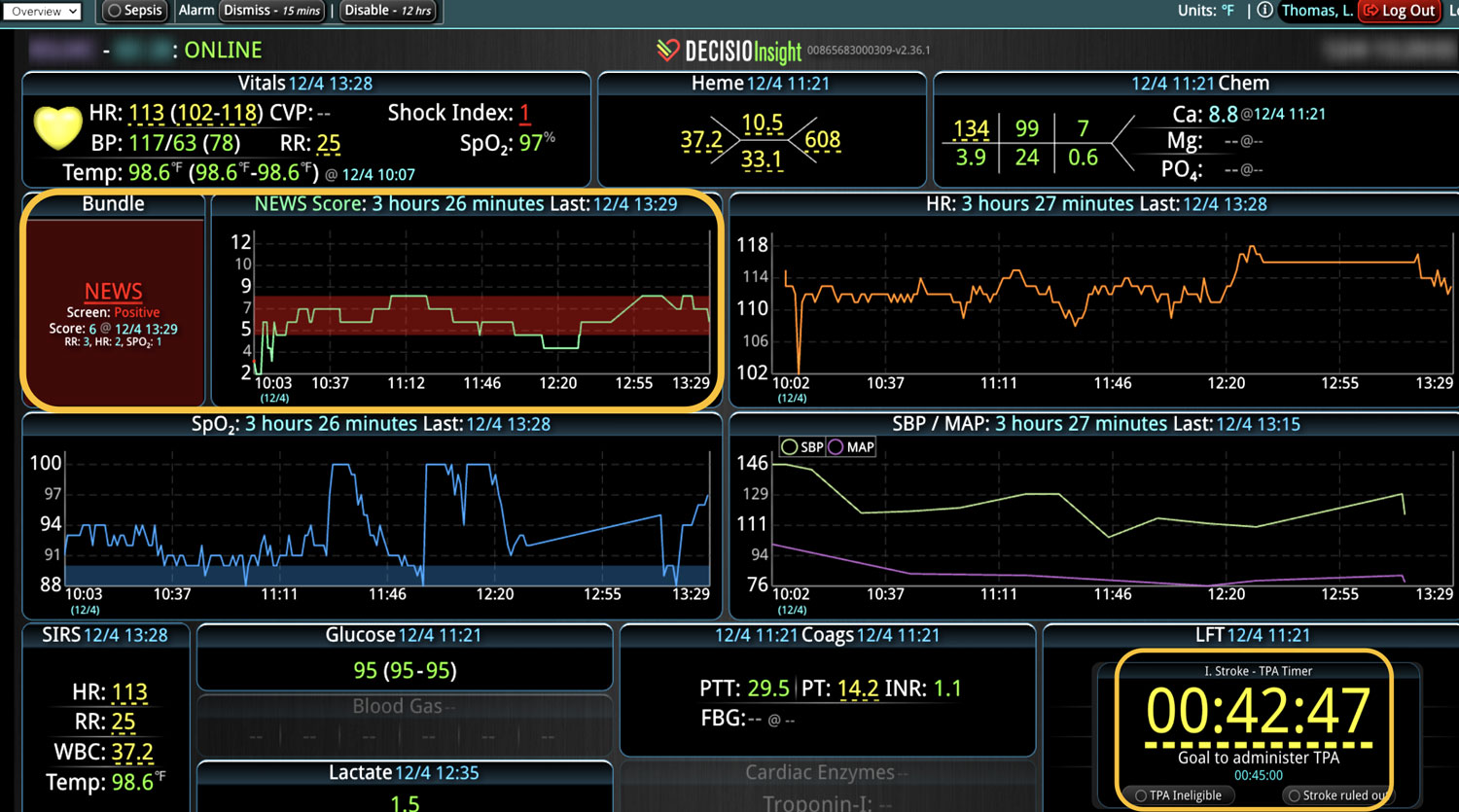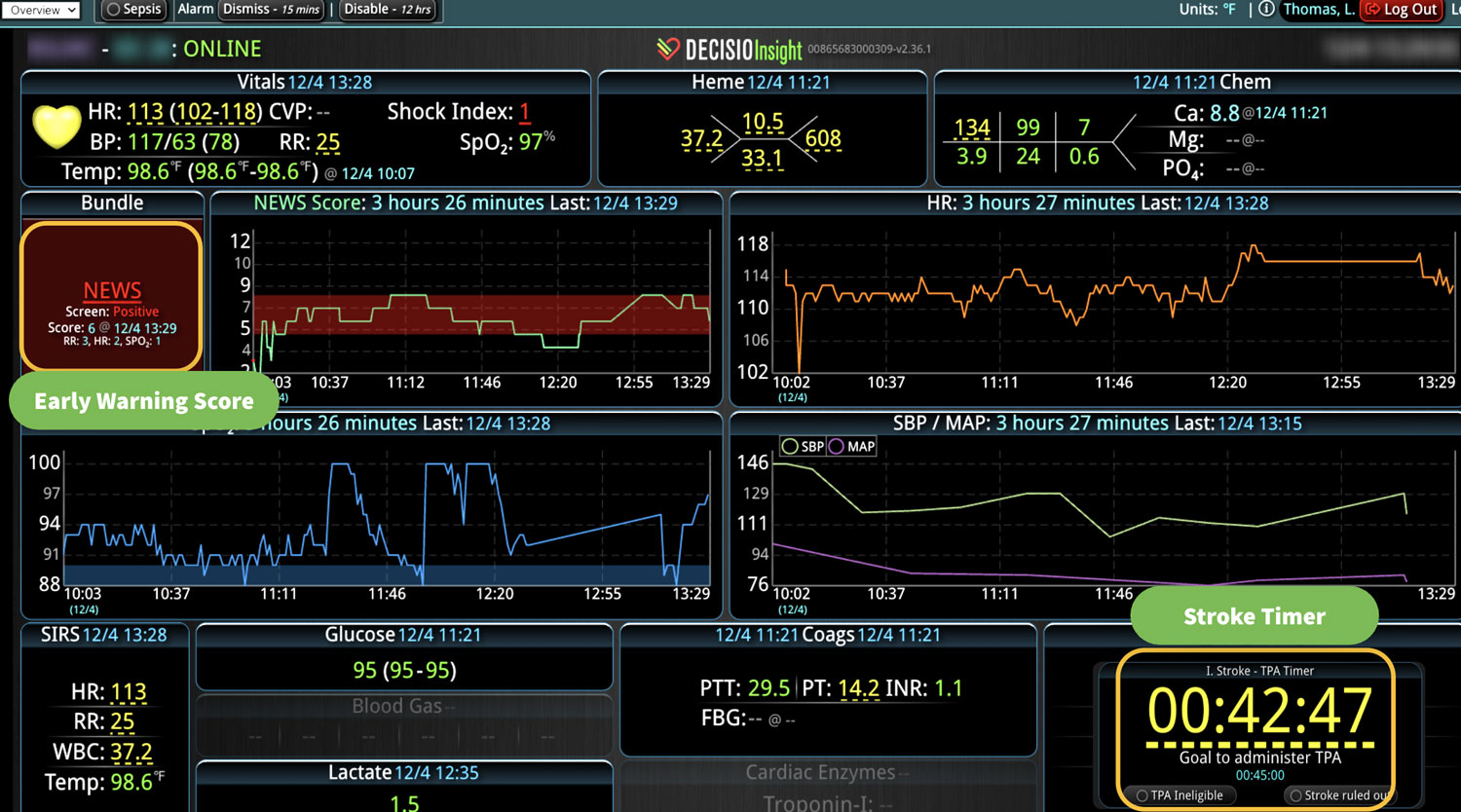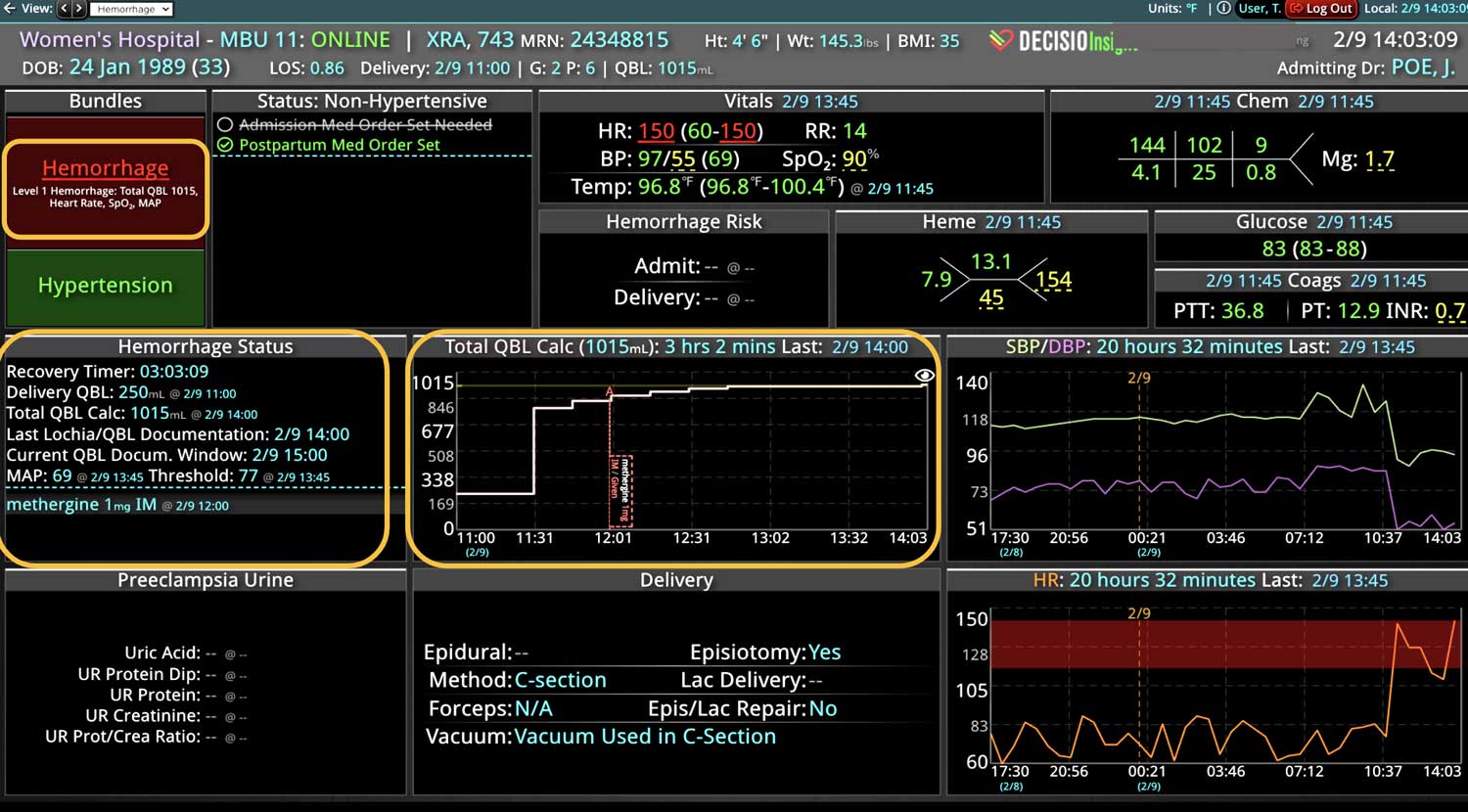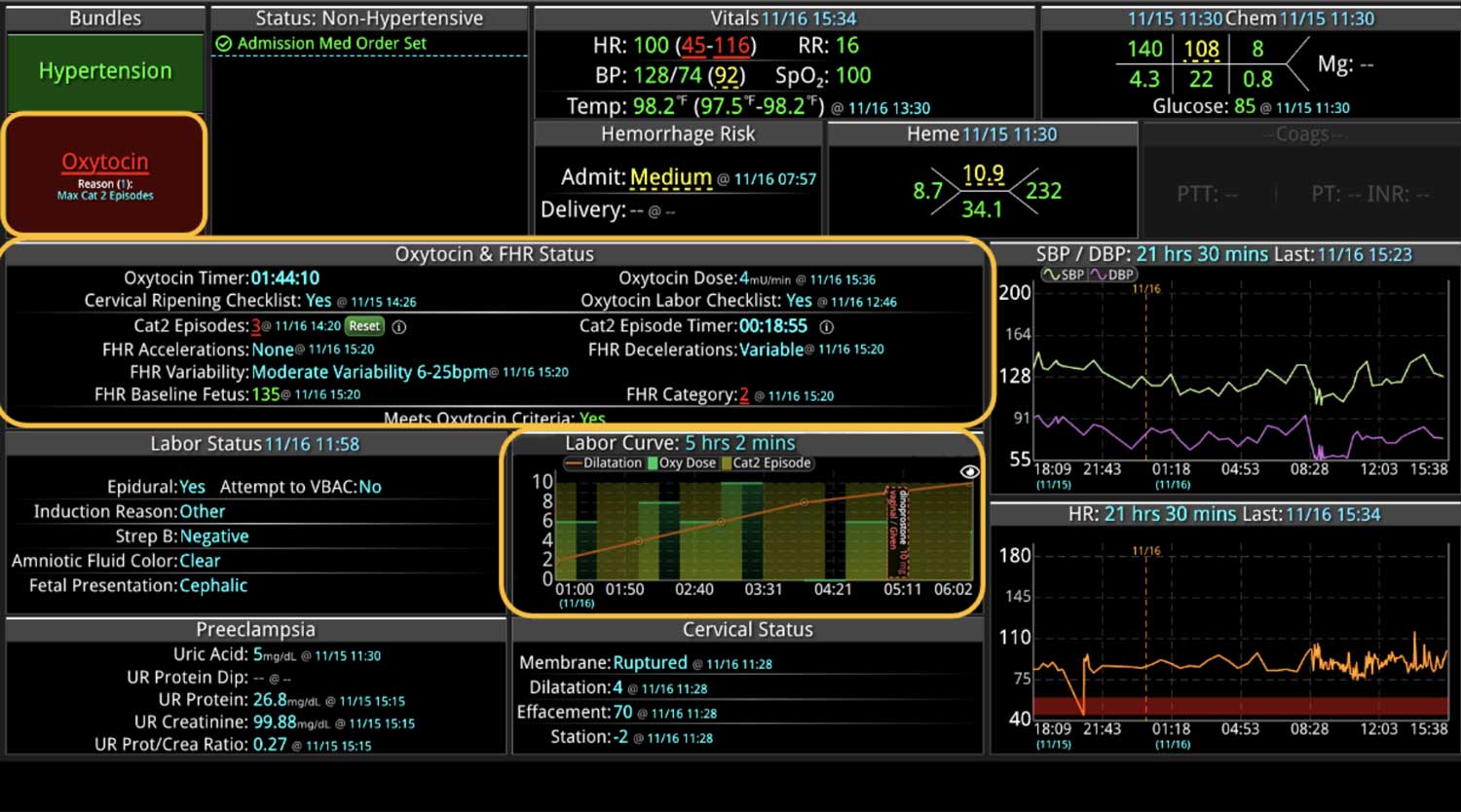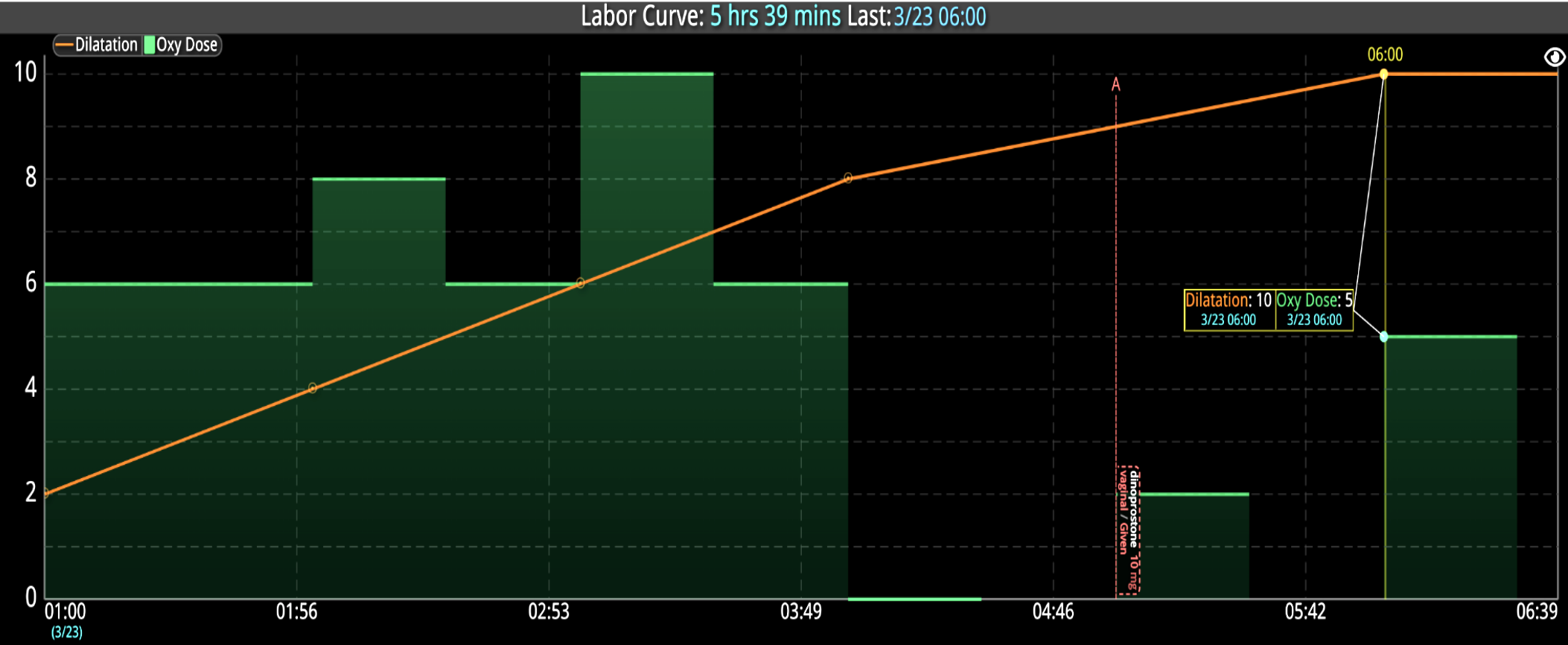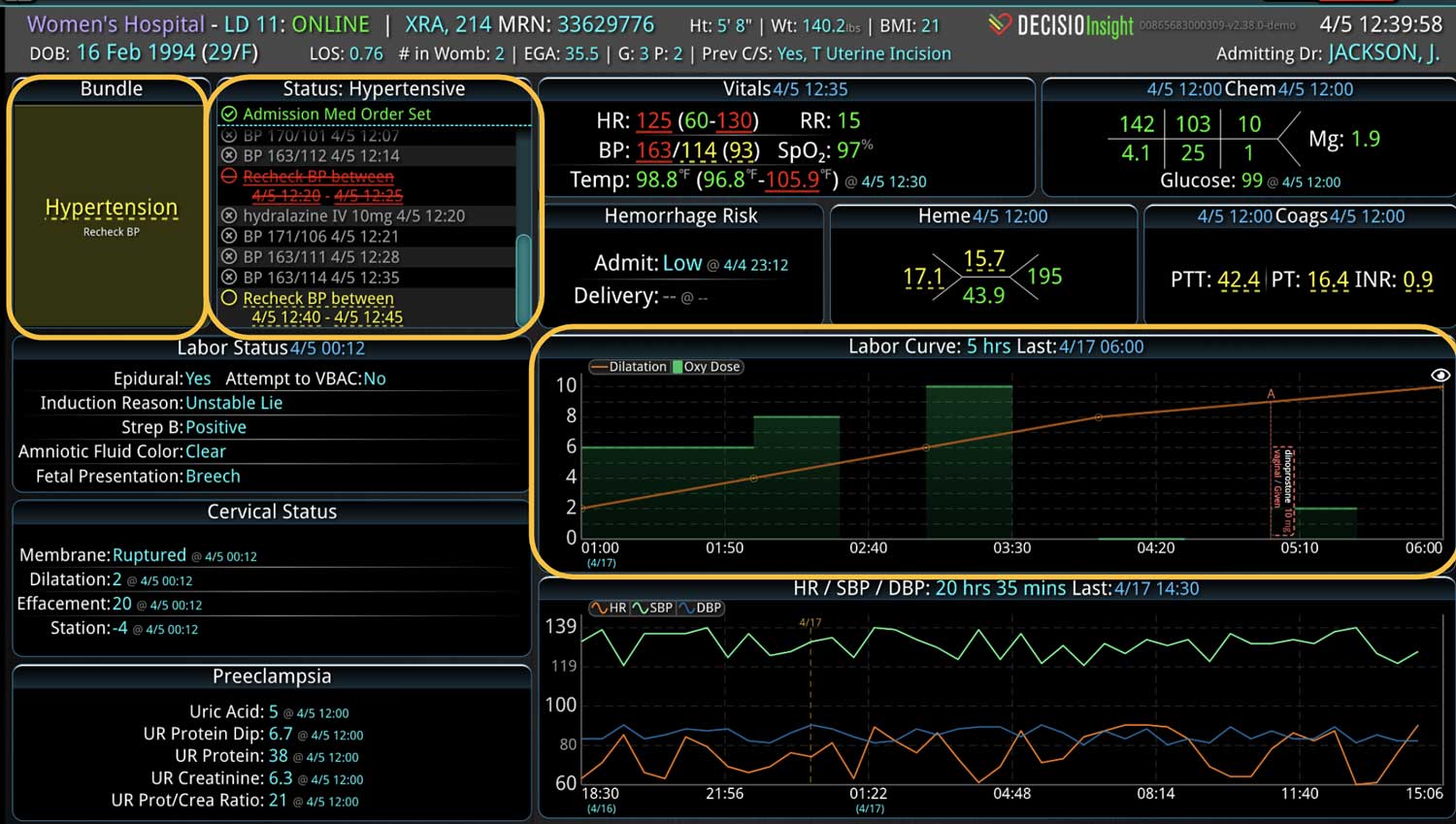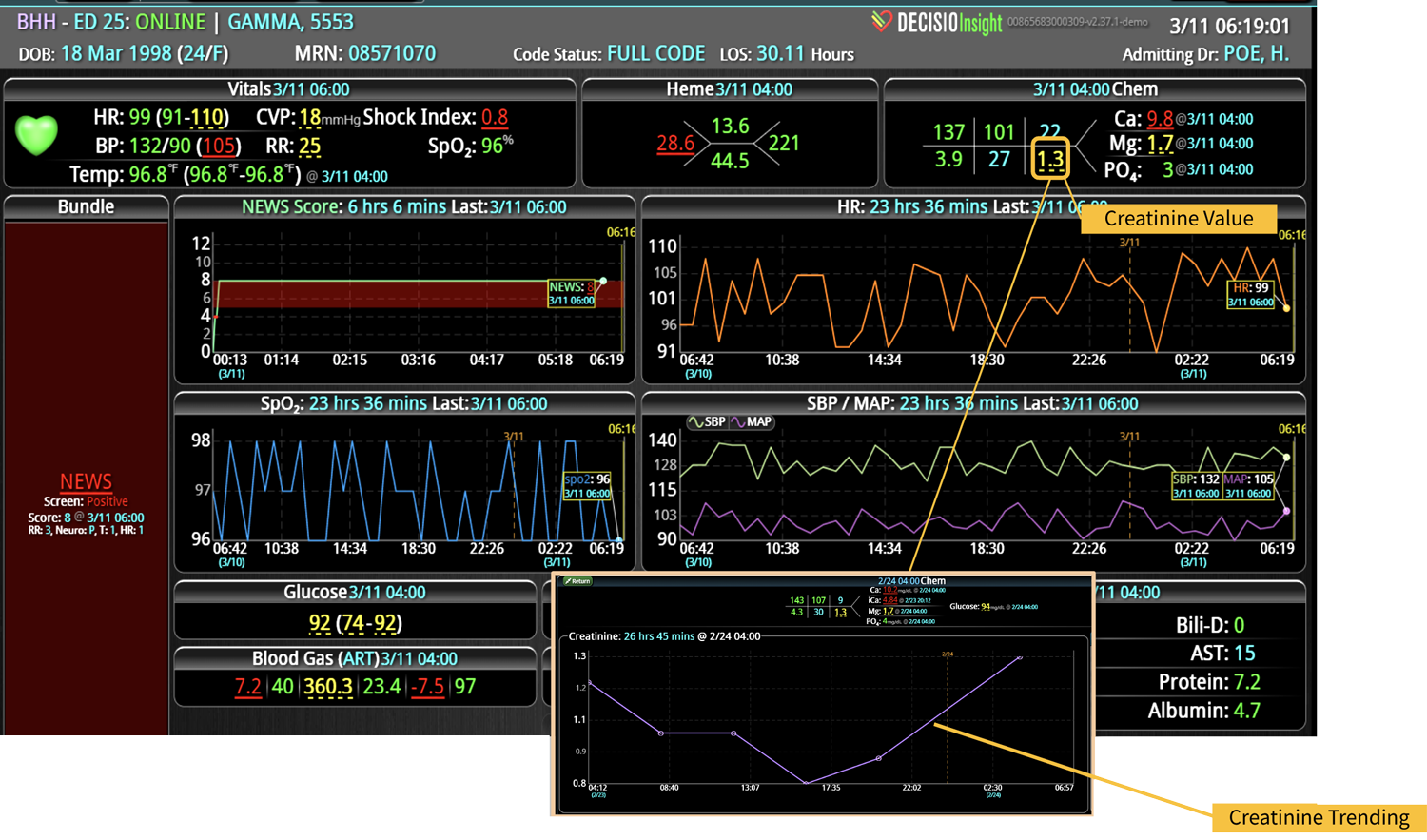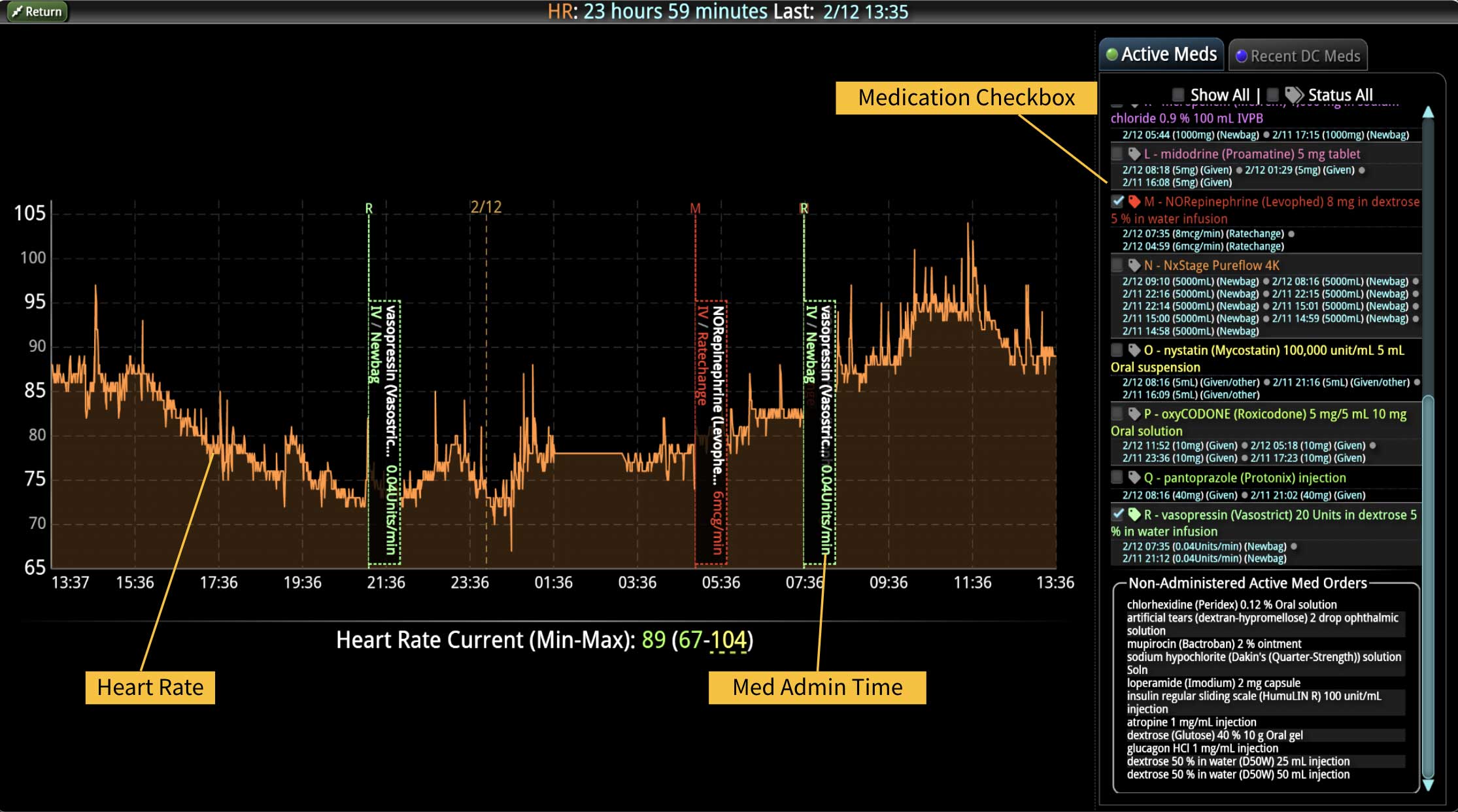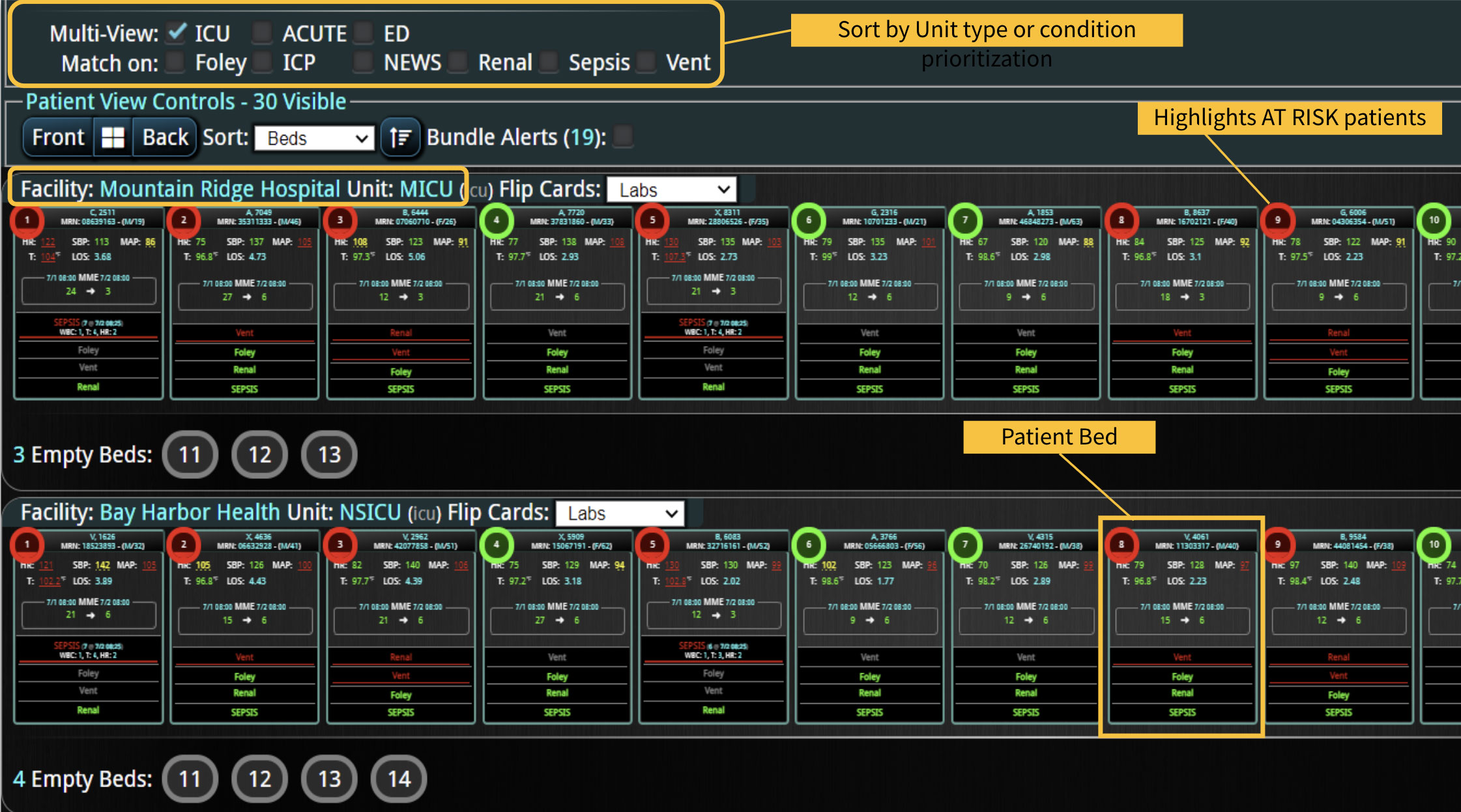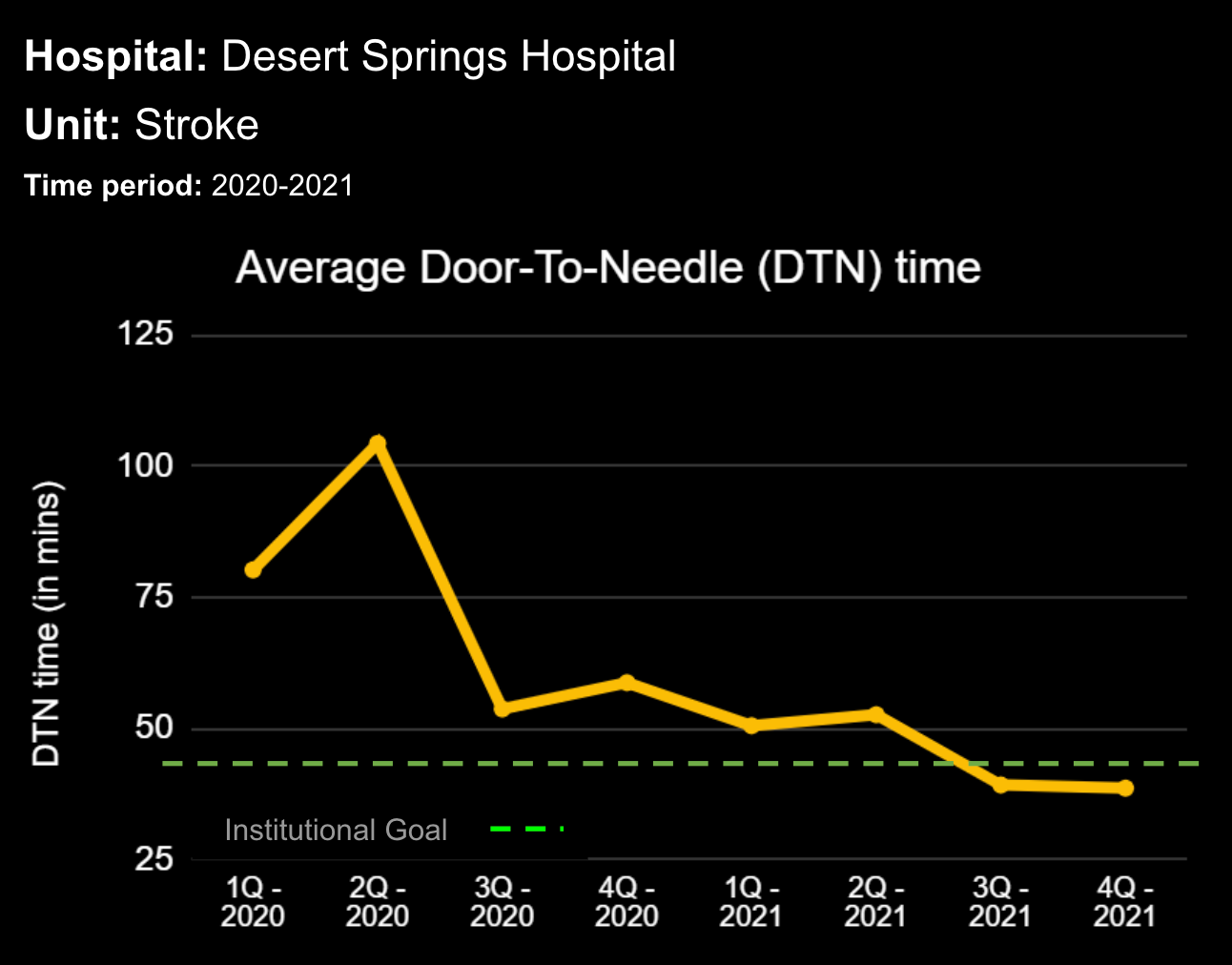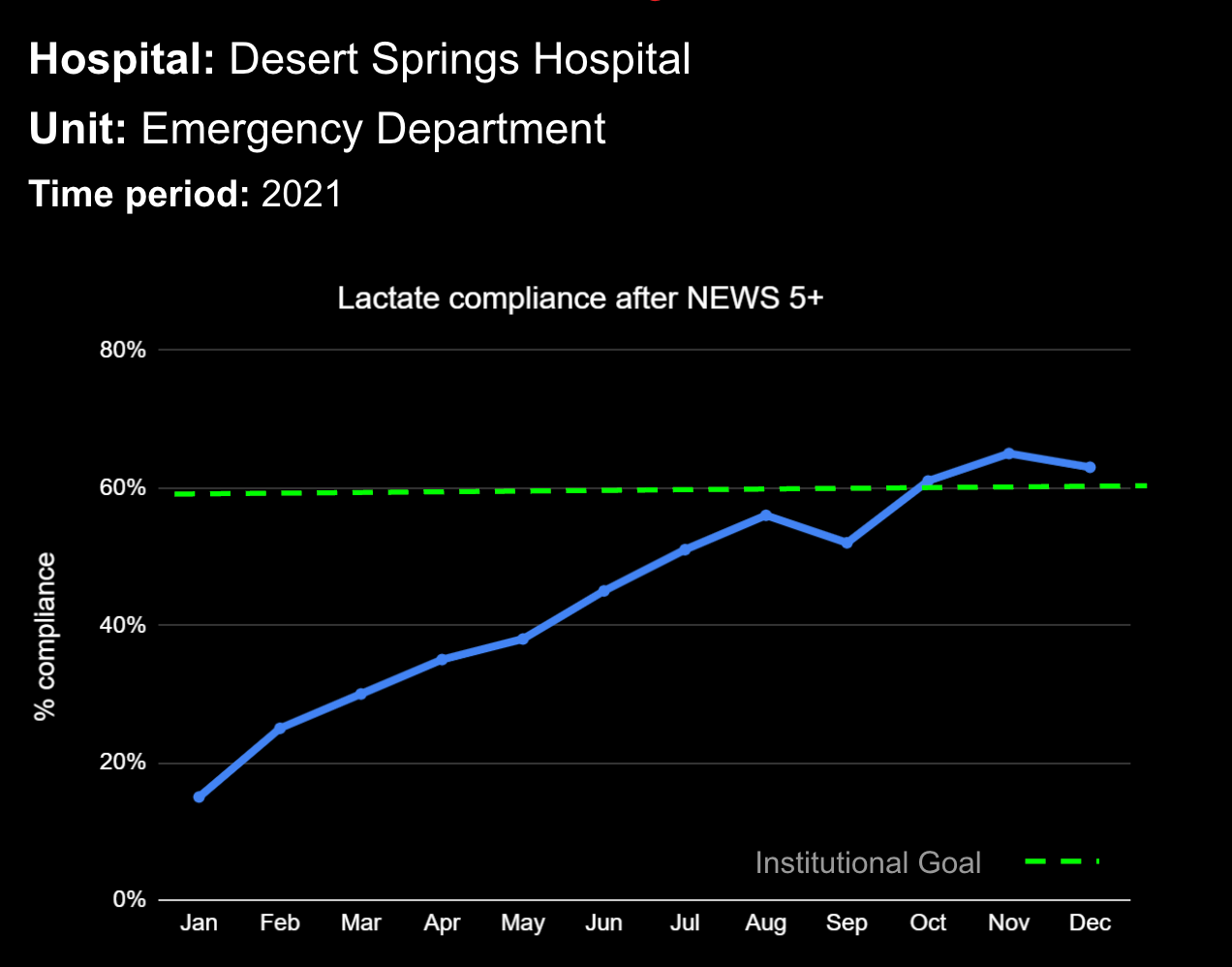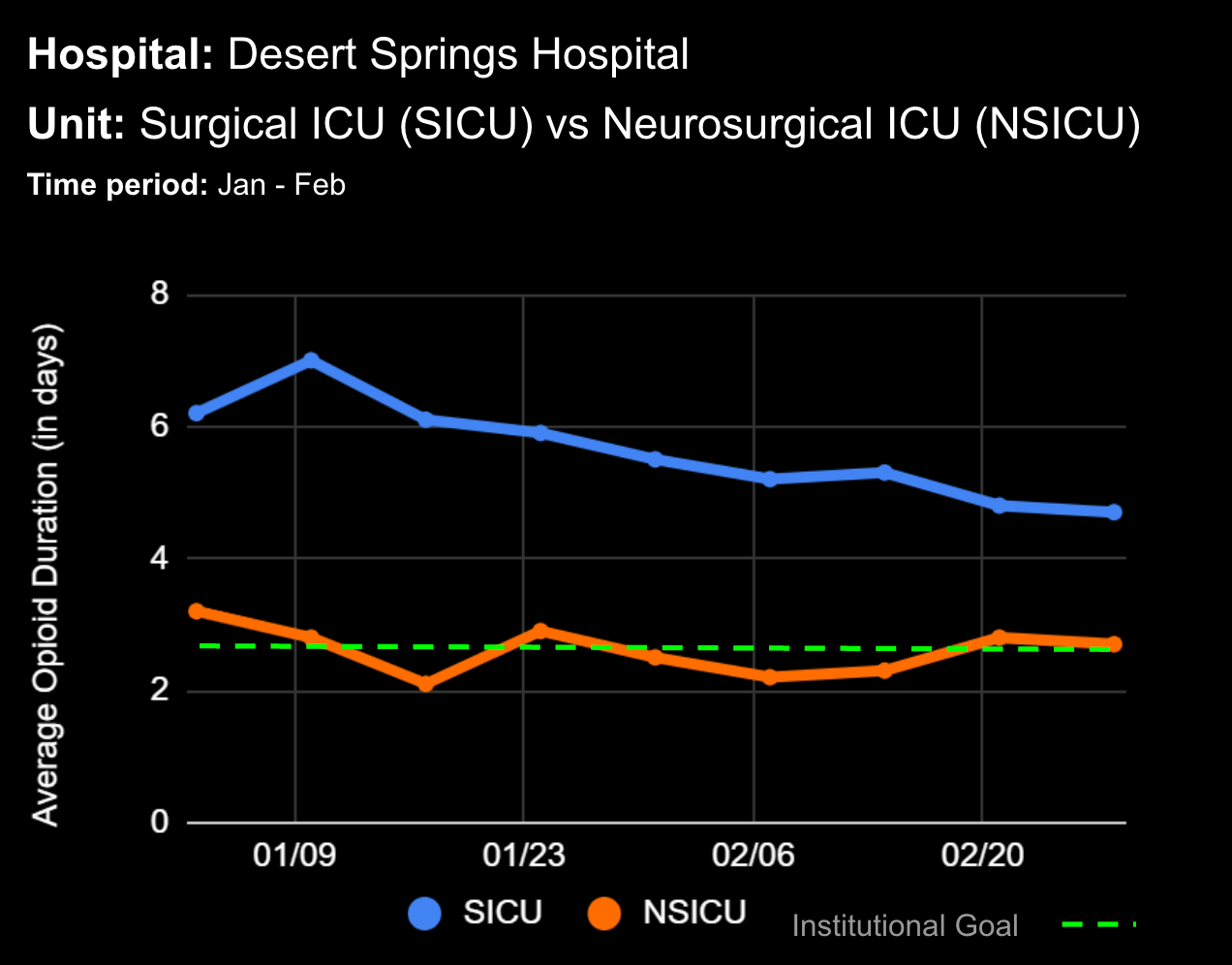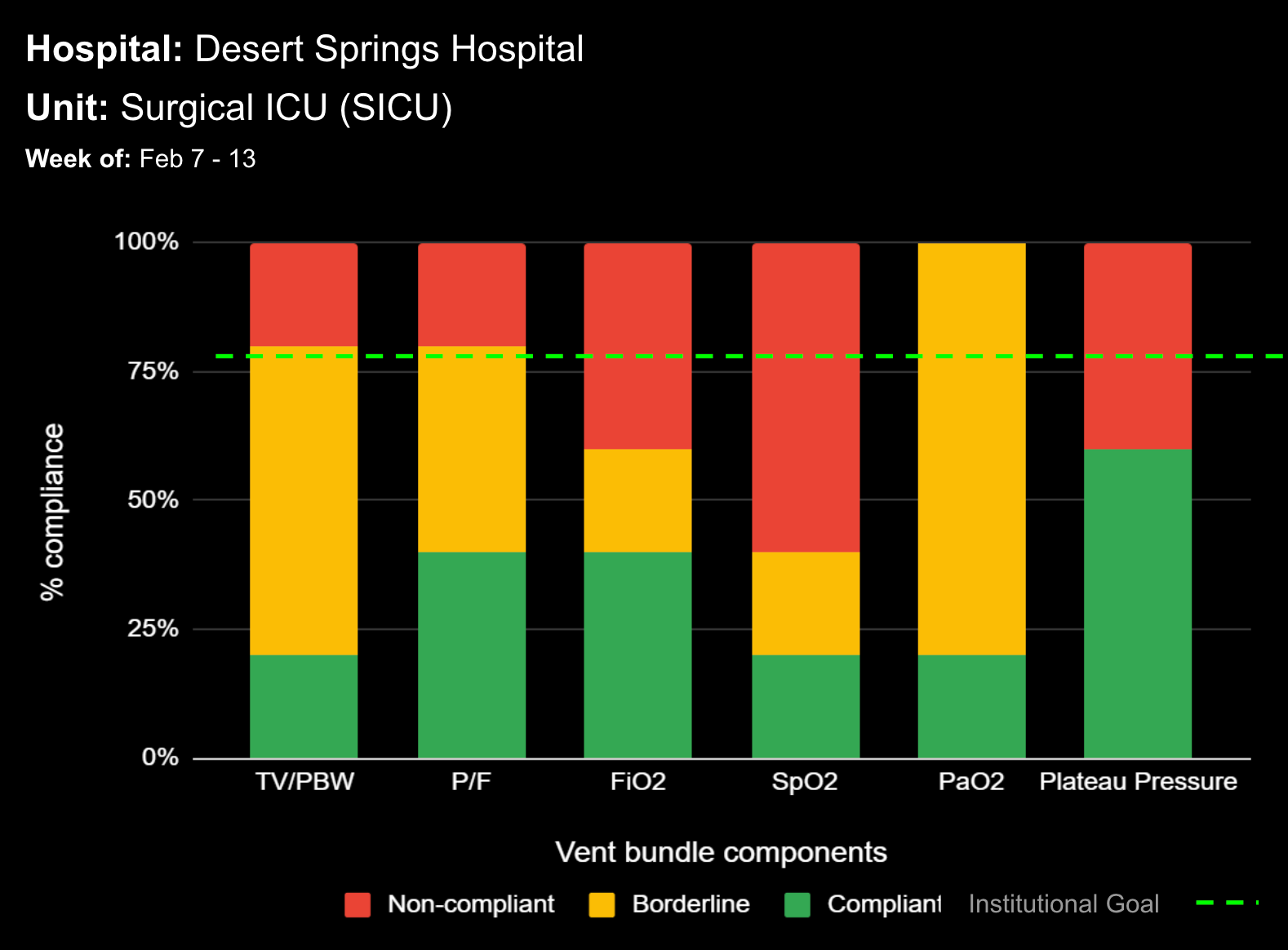26 Jul The Psychology of Red: How Mandrill Monkeys Pioneered Data Visualization
Visual reaction time is the time required to respond to visual stimuli. Scientists have studied visual reaction time for many years, particularly in response to color stimuli. These studies consistently demonstrate a faster reaction time to green and red - as compared to yellow. This is not surprising, given our environmental conditioning to traffic lights, brake lights, technology warning indicator systems…etc. But, let’s focus on red. Red is undoubtedly the most psychologically influential color. What other color can cause a person to slam their car brakes so forcefully that the $7 triple, venti, soy, no-foam, 2-pump-vanilla gem held lovingly in their hands splatters to its premature death in a blink? Behold the power of red. This manipulative color’s ability to influence behavior can be traced back to our primate ancestors. Primates, unlike most mammals, have retinas that can differentiate between red and green. This trait presumably evolved to better identify edible fruits – which are typically red in color. But the ability of primates to differentiate color is profoundly more complex than helping them find fruit. The evolution of this trait afforded our primate ancestors, such as the Mandrill monkeys, rapid visual reaction time to color as an indicator of dominance. Vibrant...







